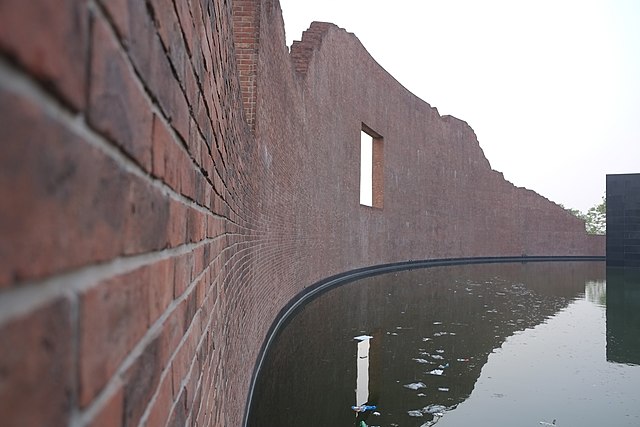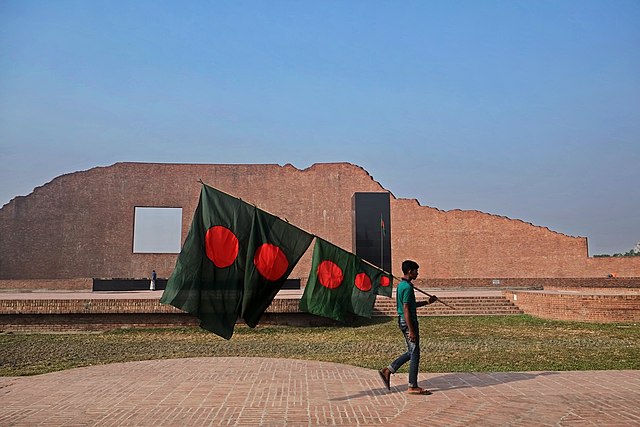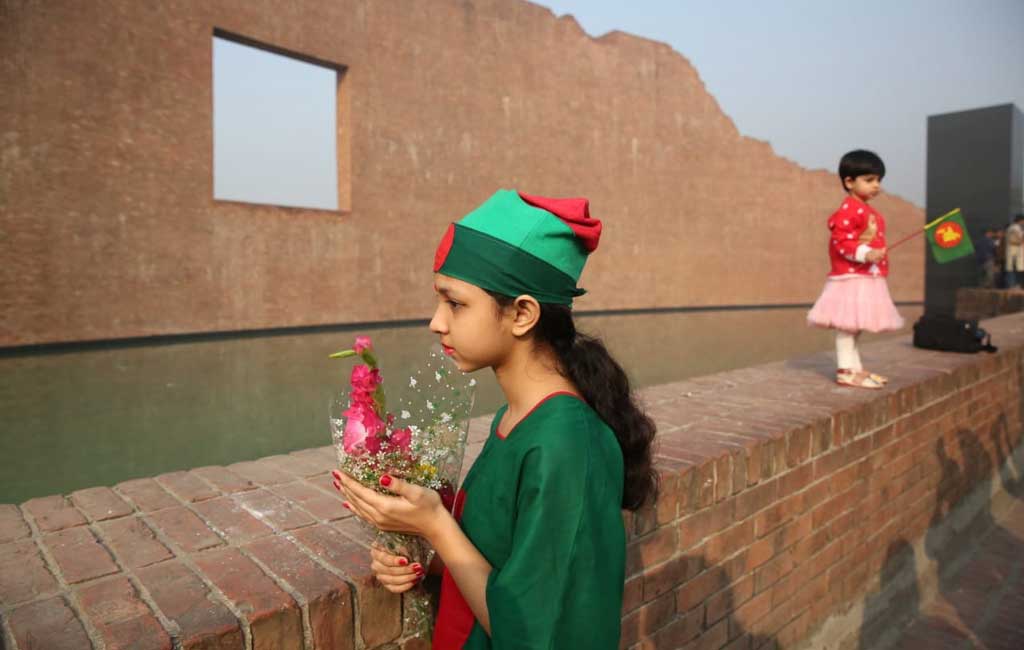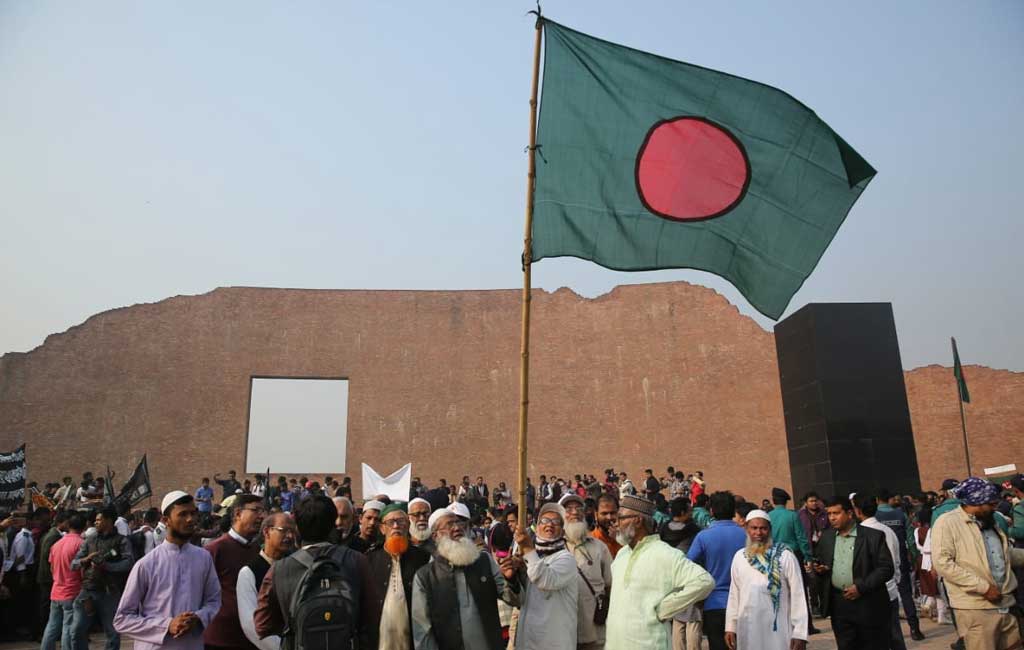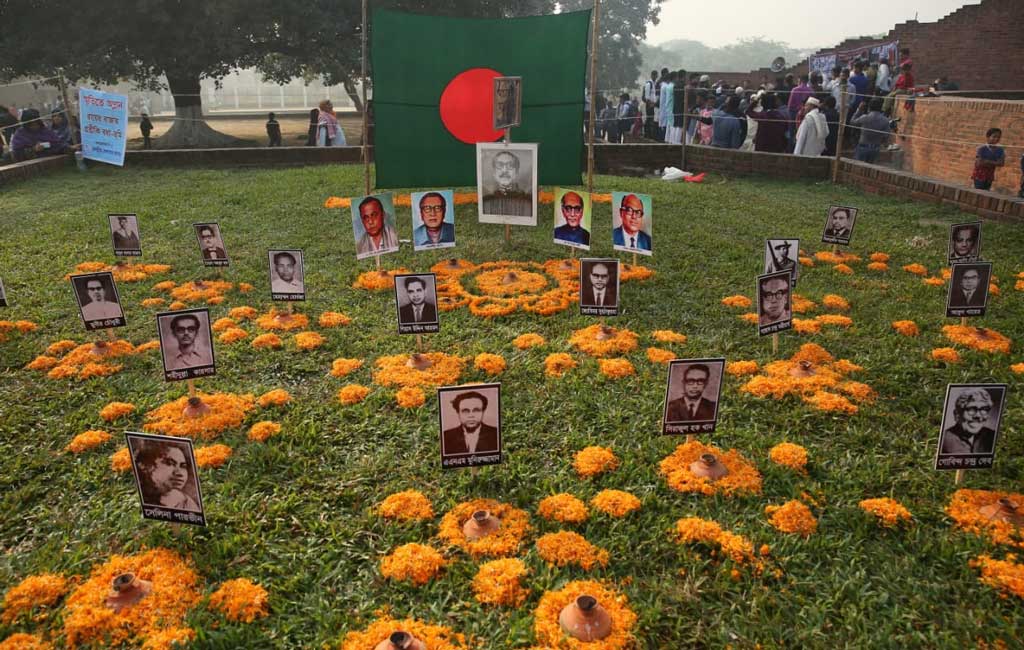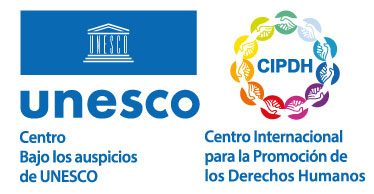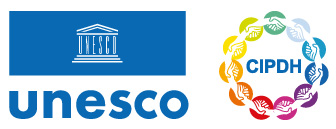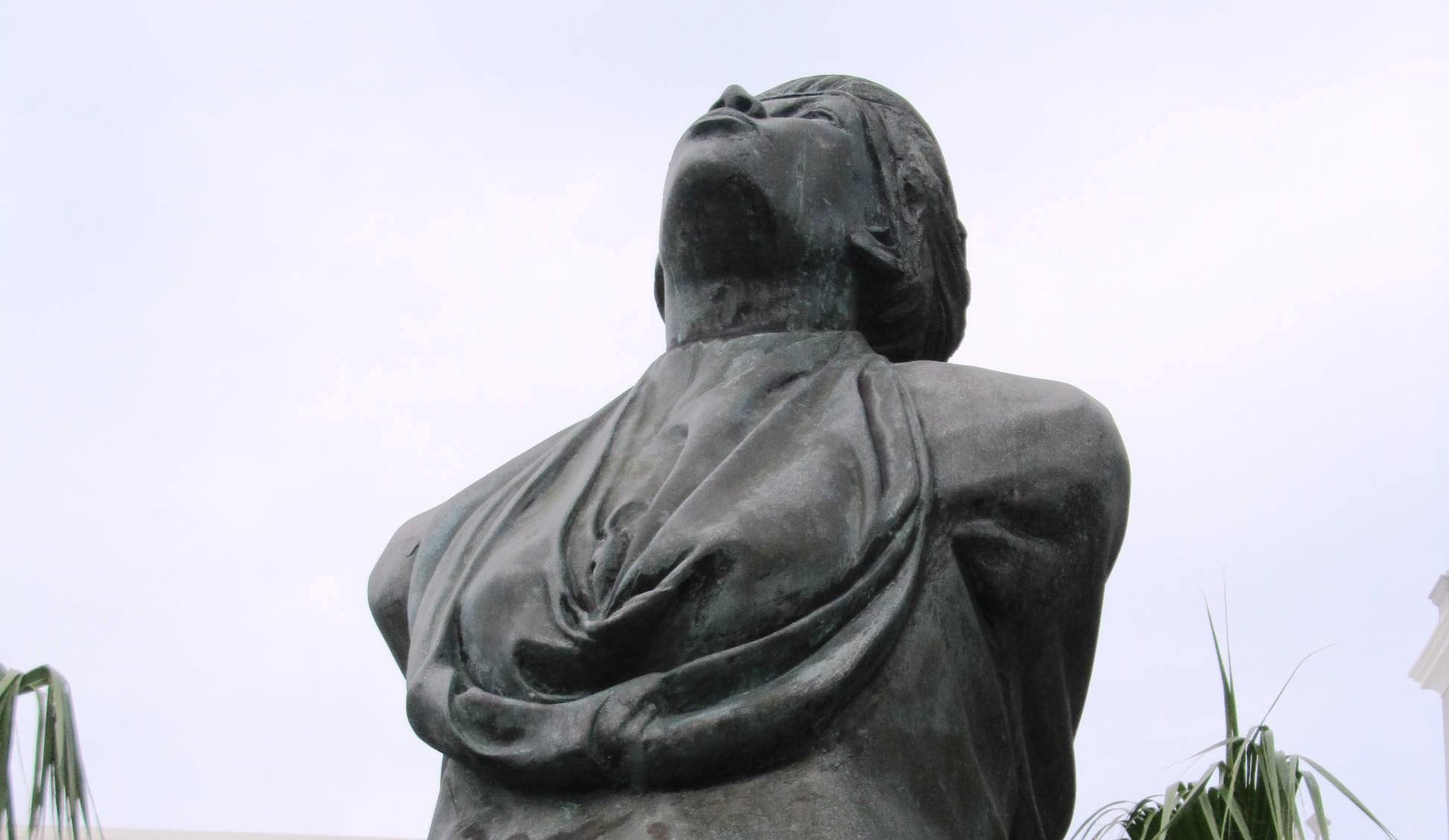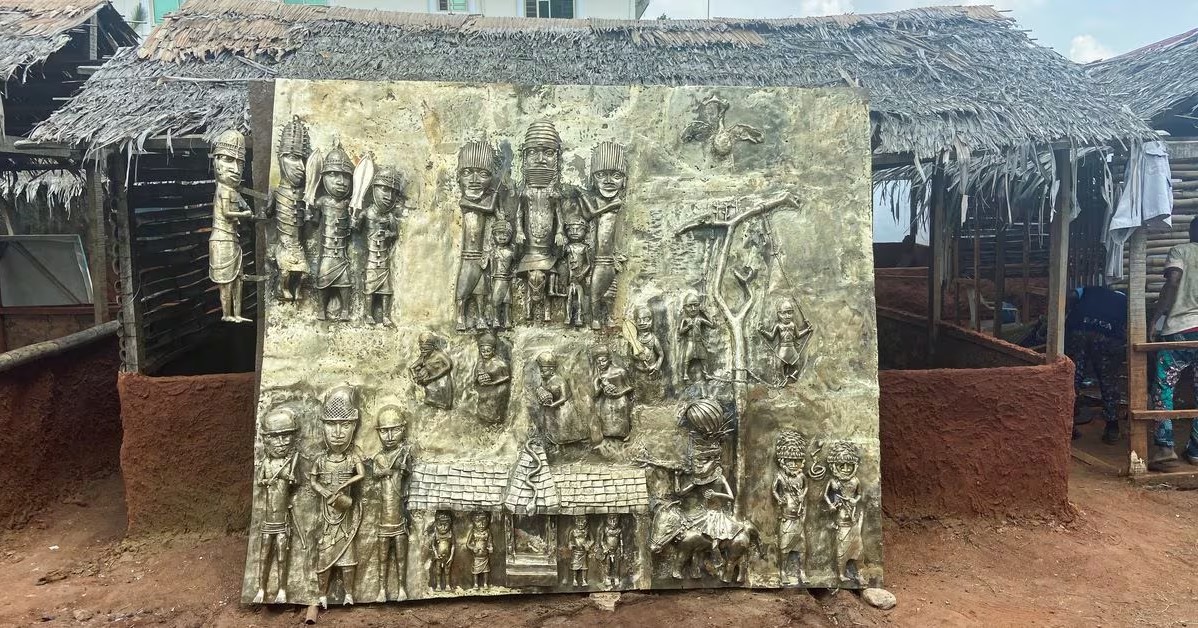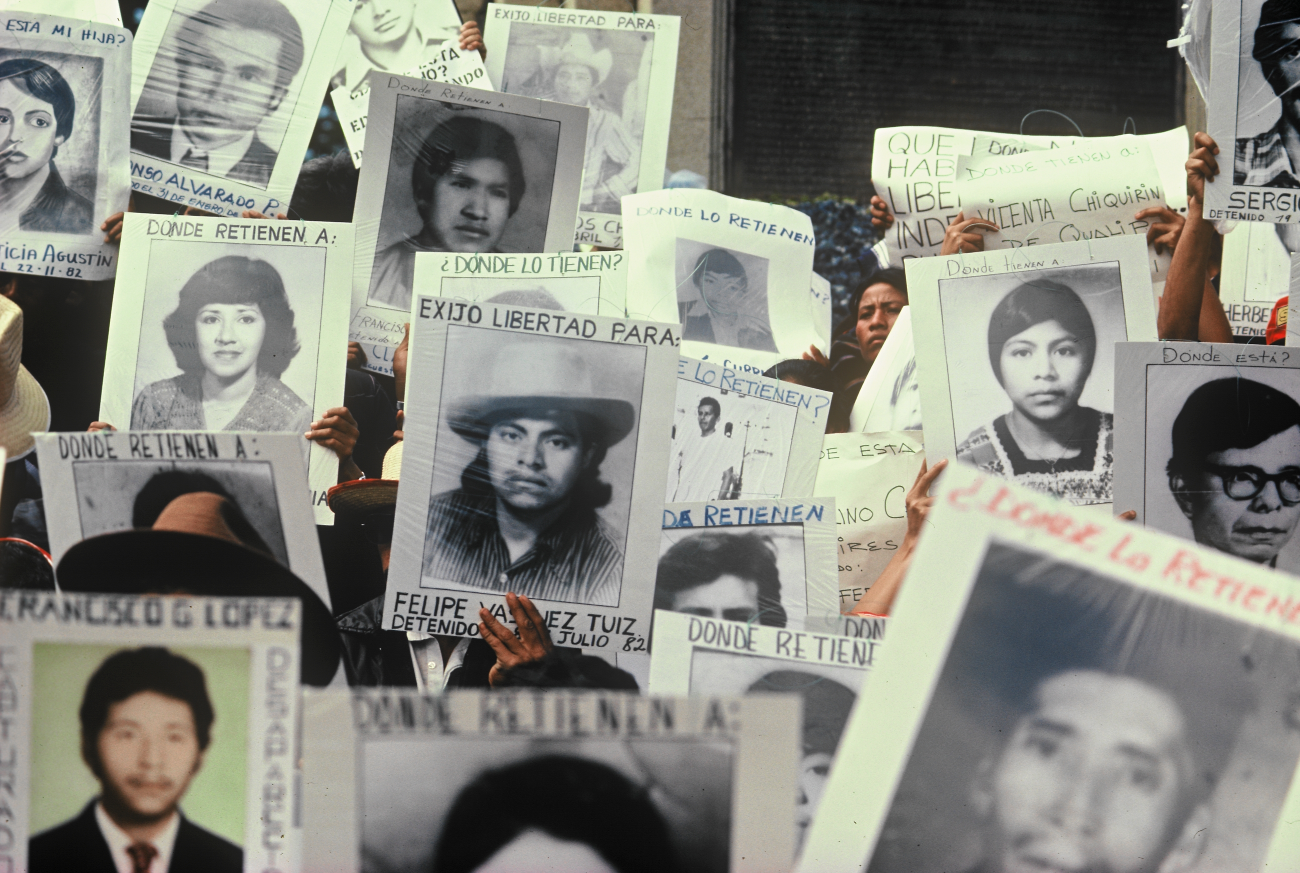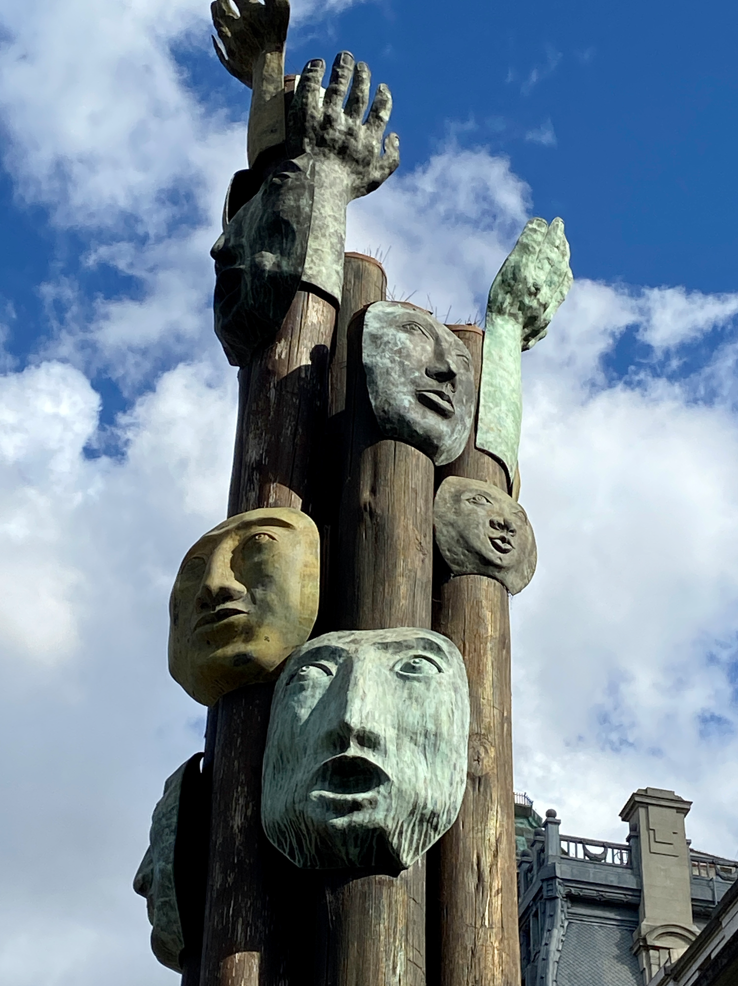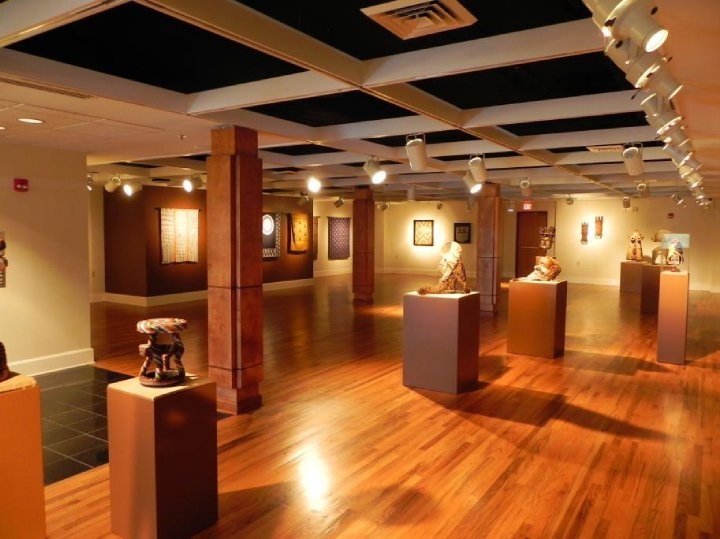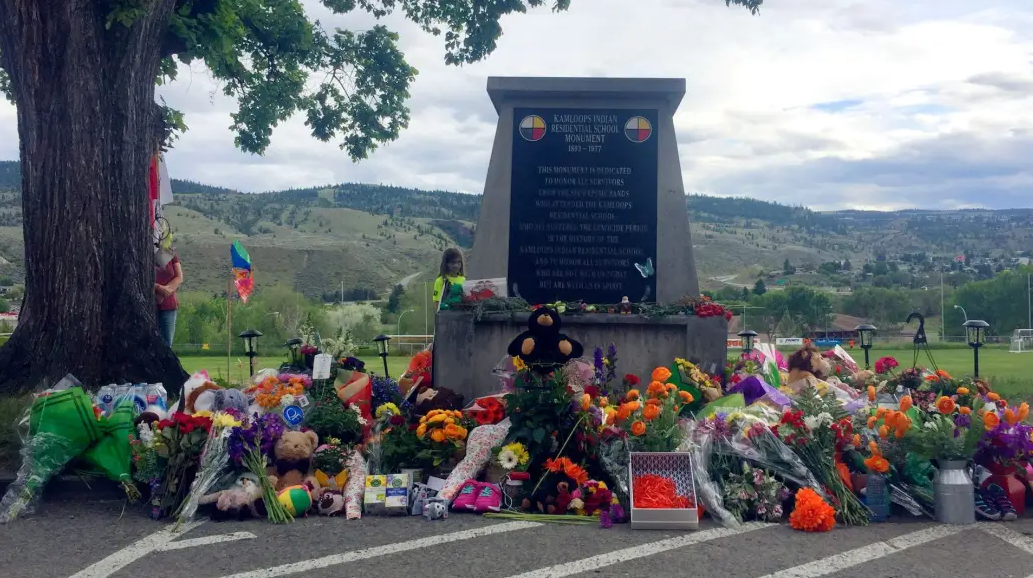Martyred Intellectuals Memorial
Monument
Theme: Genocide and/or Mass Crimes

Address
Rayer Bazaar
Country
Bangladesh
City
Dhaka
Continent
Asia
Theme: Genocide and/or Mass Crimes
Purpose of Memory
To commemorate the intellectuals who were tortured and assassinated during the Bangladesh Liberation War in 1971.
Institutional Designation
Martyred Intellectuals Memorial
Date of creation / identification / declaration
1999
Public Access
Free
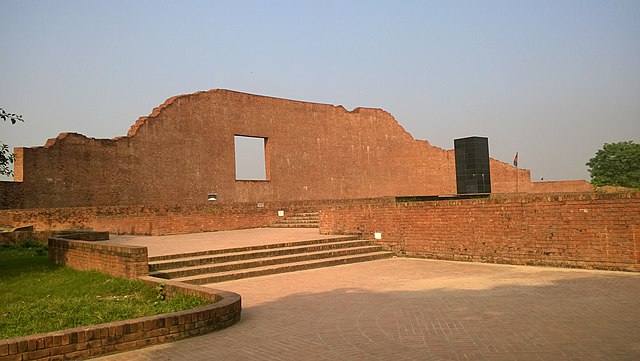
Location description
Martyred Intellectuals Memorial (Badhya Bhumi Smriti Soudha in Bengali) is a memorial situated in Rayerbazar and built on the site of the brick kilns where the dead bodies of the intellectuals assassinated on December 14 1971, during the Bangladesh Liberation War, were found.
The main element of the monument is an approximately 18 m high, 1 m thick and 116 m long curved brick wall, representing the brick kiln. The wall is broken at the two ends, representing grief and sorrow. From a square window on the southwest side, visitors can watch the sky. Opposite to the wall, there is a still water body from which a black granite column is erected, representing grief.
The Martyred Intellectuals Day is observed every December 14, when the families of the victims lead ceremonies and tributes in Rayerbazar, also convening eminent personalities from the politics, professional, social, cultural and academic scenes, and the general public.
Bangladesh was under British colonial rule from 1757 until 1947, when two new countries— India and Pakistan—were born, based ostensibly on religion. In turn, Pakistan comprised two culturally and geographically separated areas. East Pakistan and West Pakistan were situated over 1,600 kilometers far from each other. Despite Muslim was common in both areas, distinctive differences prevailed in terms of language, cultural heritage, appearance, and weather conditions. The political and economic power was primarily in hands of West Pakistan.
To counter such economic inequality and lack of political representation, the Awami League organized a movement to struggle for independence and, after achieving a sweeping victory in the 1970’s elections, called for the transfer of power. However, not only did such transfer never occur, but the inauguration of the National Assembly was called off as well causing significant social unrest. To quieten it down, the night of March 25, 1971, the West Pakistan army unleashed death squads that mercilessly killed more than 15,000 people in several parts of Dhaka, the major city of Pakistan.
In response to repression, Bangladesh declared its independence on March 26, 1971, unleashing a civil war known as the “Bangladesh Liberation War of 1971.” During this nine-month long conflict, one to three million people were assassinated and 200,000 women were raped, resulting in 25,000 pregnancies. Besides, almost one million people sought shelter in India as refugees, suffering extreme deprivation.
One of the goals pursued by West Pakistan was eliminating the future leaders of the new nation. To do so, it had to destroy Bengali intellectuals and professionals. These practices escalated further in Dhaka in the face of the impeding surrender of the Pakistan army. On the night of December 14, more than 200 intellectuals were kidnapped from their homes in Dhaka, confined in torture cells, and finally murdered. Many of their bodies were found upside down in brick kilns in Rayerbazar, blindfolded, hands tied to their backs, and immersed in water.
The Pakistan army surrendered on December 16, 1971. After several failed attempts during the 1990s the Bangladesh International Crimes Tribunal was created in 2008, before which those charged with war crimes faced or are facing prosecution.
Bangladesh has many monuments and memorials countrywide in remembrance of the Liberation War. These sites symbolize the freedom achieved through heroic deeds, sacrifices and losses suffered in 1971.
In the city of Dhaka, specifically in the areas of Mipur and Rayerbazar in which most assassinations took place the night of December 14 1971, two memorials are erected in memory of the martyred intellectuals. There people gather to pay tributes, especially on the “Martyred Intellectuals Day” (Shaheed Buddhijibi Dibosh in Bengali) every December 14.
Since 1972, every December 14, several organizations raise a black flag and governmental buildings keep the national flag at half mast, in addition to a number of processions, seminars, debates and moments of silence that have been organized over the years in memory of these men and women and their ideals: secular nationalism based on a Bengali Muslim identity.
In 1991, Projonmo 71 (Generation 71)—an organization run by the children of those “Martyred Intellectuals”—made a mark with a cornerstone and placed a plaque in Rayerbazar that bears the following legend: “Whatever you had to say Bangladesh, have you said it?”
In 1993, after several petitions from Projonmo 71 and other groups, the Government of Bangladesh decided to erect a memorial on the site. The Department of Housing and Public Works, together with the Institute of Architects of Bangladesh, arranged an architecture contest at the national level for the best design of the memorial. The design by architects Farid Uddin Ahmed and Md Jami-al-Shafi won among all submissions. The project execution was in charge of the Department of Public Works. The memorial was completed in three years and inaugurated in 1999.
On March 11, 2017, the Bangladesh Parliament unanimously adopted a resolution declaring March 25 as the Bengali Genocide Remembrance Day in memory of and as a tribute to all victims of the Bangladesh Liberation War.

